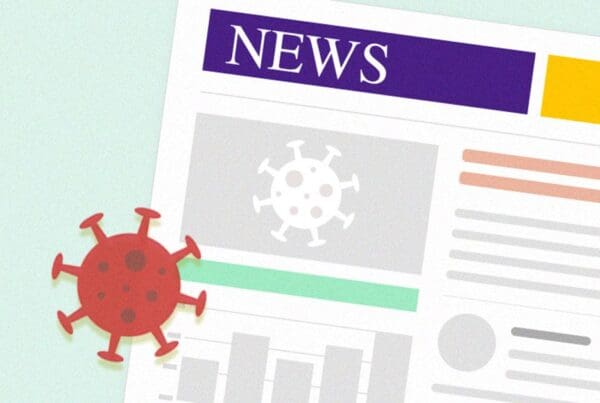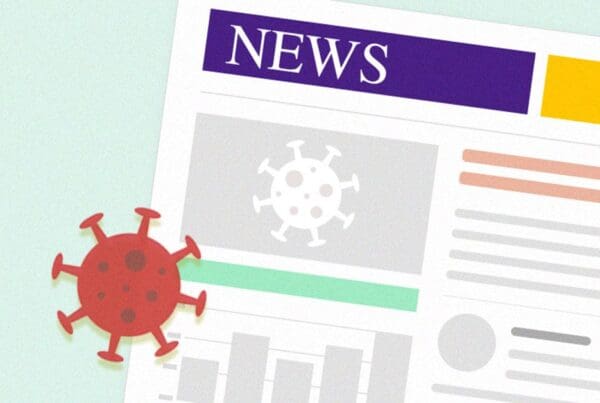For nearly ten months, the question of “when” for a coronavirus vaccine has been top of mind for everyone. The exciting news is that we are quickly approaching the answer. Because of this development, my message today is focused on vaccine status and what this means for UW Medicine employees.
The Food and Drug Administration (FDA) is expected to authorize the two leading coronavirus vaccines – from Pfizer and Moderna – for emergency use as soon as mid-December. At that point the actual transfer of vaccine doses for distribution will move quickly and is anticipated by the end of December. Washington state and UW Medicine are closely monitoring the situation and focusing on the safest possible way to distribute vaccinations. We’re also planning regular UW Medicine communications to ensure our employees, patients and the general public stay informed about the availability, logistics and safety of these new vaccines.
On Tuesday, the federal Advisory Committee on Immunization Practices (ACIP) recommended to the Centers for Disease Control and Prevention (CDC) that the first U.S. coronavirus vaccine doses should go to residents and staff of long-term care facilities (an estimated three million people) and healthcare workers who are at risk of exposure (an estimated 21 million people). Next week, we are anticipating the FDA’s approval of the Emergency Use Authorization (EUA) for the Pfizer vaccine. If approved, it will be sent to the Western State Pact for its review and approval. If approved regionally, the vaccine will be shipped to UW Medicine and other healthcare organizations slated as early shipment sites.
Prioritization is necessary for this initial set of vaccines because of limited doses available so far, which we anticipate to be enough to immunize 20 million people in the United States by the end of the year. Healthcare personnel are a top priority due to exposure risk and the critical role of keeping hospitals and clinics functioning. Nursing home residents are prioritized because they account for nearly 40 percent of COVID-19 deaths nationwide, and immunizing healthcare workers in those settings protects both the workers and the residents from infection.
UW Medicine is one of 26 designated sites in Washington state for centralized storage and statewide distribution of the vaccine. Because of UW Medical Center’s storage capacity to keep the doses at the required temperature, the UW Medicine allocation will be sent to UW Medical Center for storage and distribution within our system. It’s important to note that decisions on storage are based on capacity accommodations and are not linked to how and where vaccinations will be prioritized among healthcare workers or nursing homes. Distribution of the vaccine will ultimately follow the broader deployment plan being developed by the state. For additional tracking of vaccine distribution planning, you can visit the Washington State Department of Health site.
As part of our preparation for immediate as well as longer-term vaccine distribution, a multi-disciplinary Vaccine Planning Committee has been created to address priorities, distribution strategies for both patients and employees, vaccine procurement, ongoing communications and other critical functions. All of this work is necessary to ensure smooth and equitable distribution to all populations, including our partners in long-term care facilities and those individuals in our communities who are at highest risk.
I know there will be many questions about access to vaccinations, even among our own community at UW Medicine. Please email any questions you have to uwm-eoc-vaccines@uw.edu. We will collect your questions and provide answers in future communications. We will also continue to share information as the process develops and we learn more.
It’s so encouraging to be close to the start of widespread vaccination. But we still must hunker down in preparation for a continuing surge in this pandemic. We are seeing the highest employee positivity rate since this summer, and we’re only just beginning to realize the effects of holiday gatherings and travel as cases statewide are still rising sharply. For now, and even after immunization begins, it is crucial to continue doing what we know works to prevent virus transmission – including masking, physical distancing, avoiding gatherings with people outside of our safety circle and staying home with any COVID-19-like symptoms.
Thank you, as always, for your collaboration and commitment to our patients and community. The prospect of a vaccine in the near future is very exciting. While the vaccine distribution process is complex, it is manageable and a crucial next step toward controlling this pandemic.

